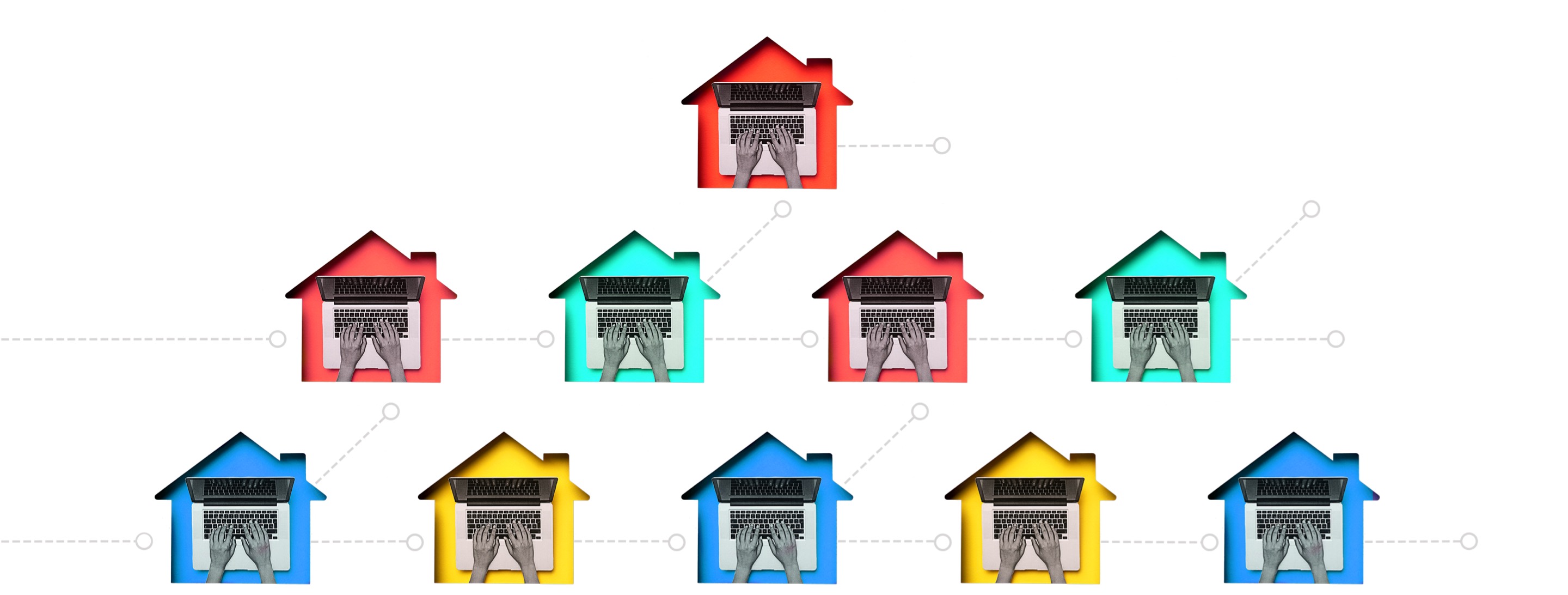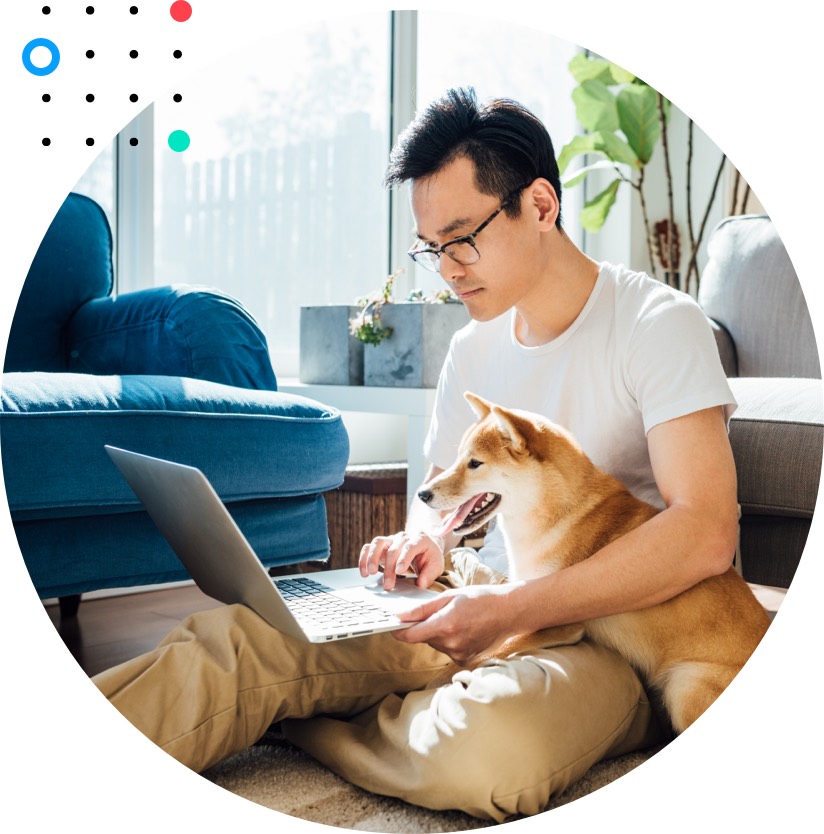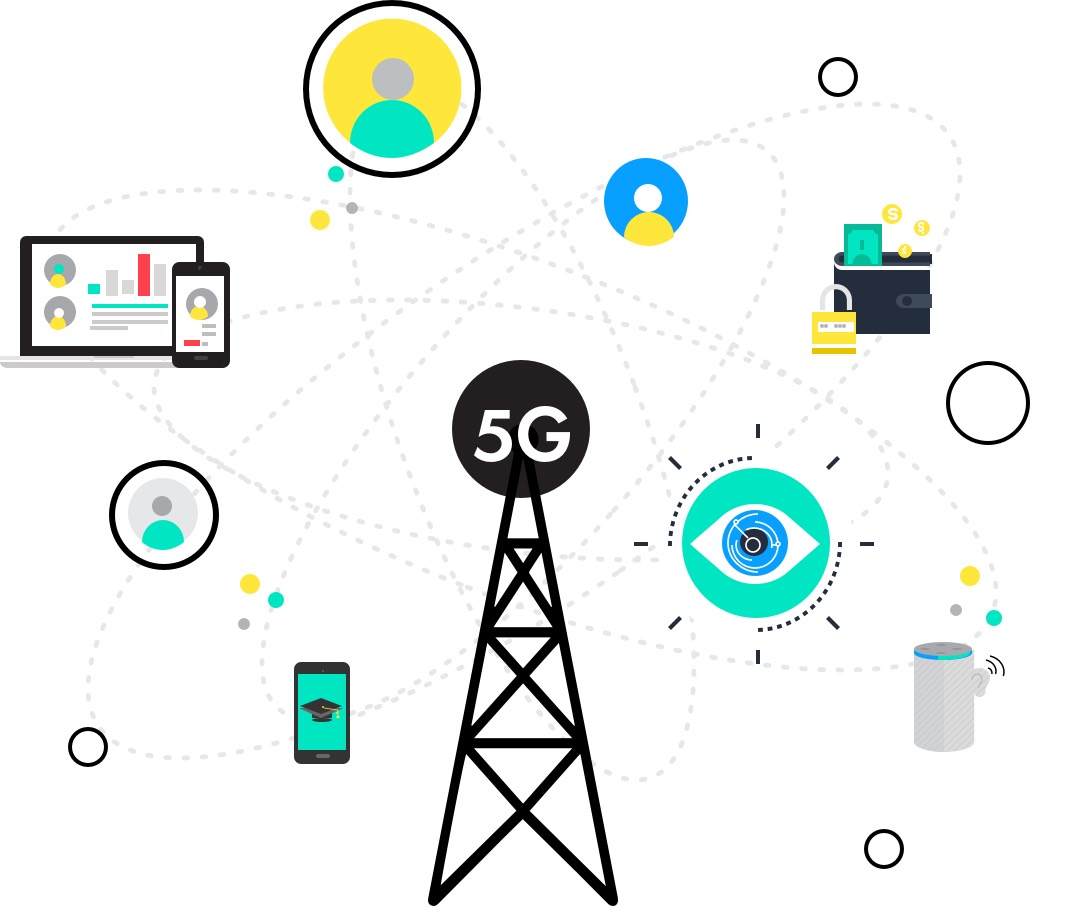No killer app for consumers — yet
For businesses, we see a broad application of 5G, cloud and AI technologies that will unlock value for industries. For consumers, we also see nascent use cases in areas such as cloud gaming, education and entertainment.
We’ve become accustomed to looking for the killer app that unlocks the potential for innovation. Many view the iPhone as the killer innovation of the mobile revolution. However, while the iPhone and iOS made mobile technology more accessible to consumers through a convergent device with an impeccable user experience, the real killer app for mobile devices predated the iPhone by five years. BlackBerry set the stage in 2002, by creating mobile's second killer app (behind voice on the first cell phones): mobile email. Suddenly, everyone wanted a BlackBerry to stay in touch with the office through email and text messages on a device that did not require you to be in front of a computer all the time. Everyone understood the value of a smartphone, although it took Apple to refine the experience and make it ubiquitous.
Just as a productivity use case around email opened the door to the consumer mobile revolution, a similar one could open the door to consumer adoption of 5G. With iPhone 12, the global economic crisis due to the pandemic could delay the adoption curve of the new phones. However, more likely, Apple’s natural upgrade and obsolescence cycle means that within the next year there will likely be a significant number of consumers walking around with 5G capabilities. Some analysts are also predicting a “super cycle” for the iPhone as 30 percent of iPhone users currently have a device that’s at least three years old. With more people buying 5G phones for personal use, the demand for 5G-enabled workplace technology will likely grow.












